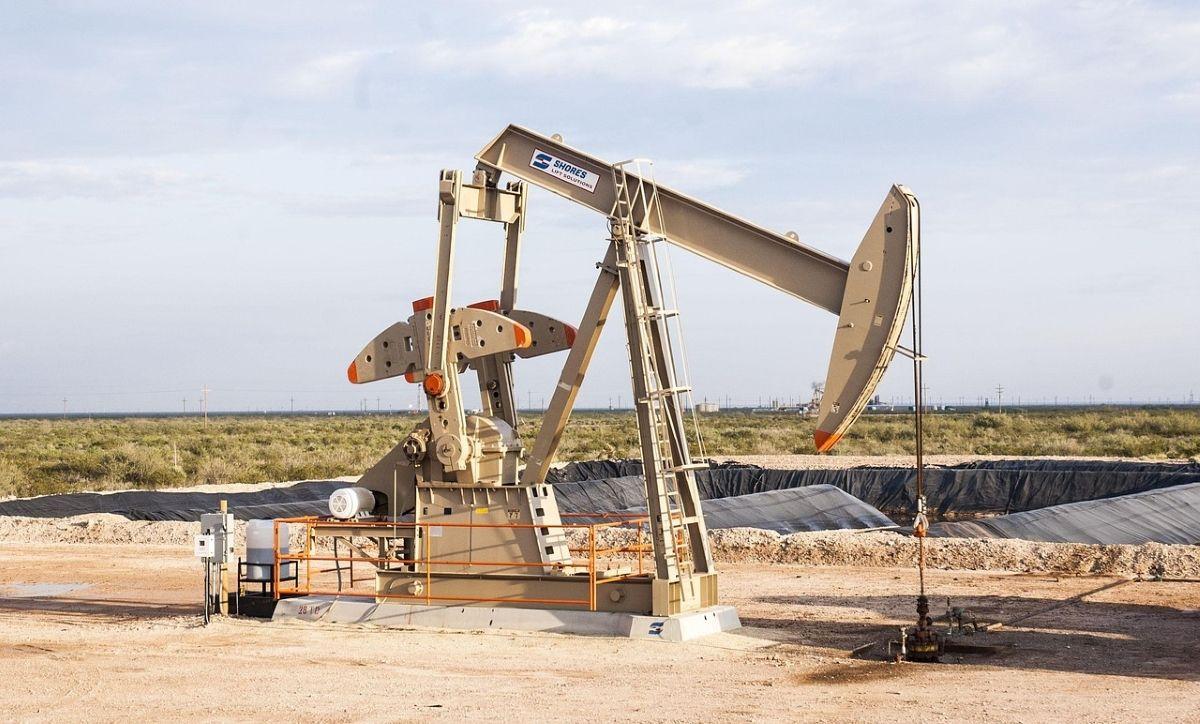OPEC Sees Balanced Oil Market in 2026, Dials Back Deficit
By Tredu.com • 11/12/2025
Tredu

What changed in OPEC’s view
OPEC sees a balanced oil market in 2026, dialing back an earlier deficit projection after rising OPEC+ output and higher non-OPEC supply narrowed the gap with demand. The group’s latest read implies supply roughly matching demand next year, a notable pivot from the shortfall it had flagged through the autumn. Reuters reports the call now points to a marginal surplus of about 20,000 barrels per day, versus a 50,000 bpd deficit a month ago and a 700,000 bpd shortfall in September, reflecting persistent supply growth inside and outside the alliance.
Supply drivers: OPEC+ and the rest
OPEC’s revision rests on two pillars. First, the wider OPEC+ coalition has increased output through 2025, then signaled a pause in early 2026 to avoid tipping the market into clear surplus. Second, non-OPEC producers continue to add barrels, with the United States, Brazil and Guyana prominent in 2025 supply gains that carry into 2026. The combination leaves balances tighter than some bears expected, yet not tight enough to sustain a clear deficit without new shocks.
Demand still grows, but not fast enough to bite
On the demand side, OPEC keeps a steady outlook: roughly 1.3 million bpd growth in 2025, with a slightly faster pace into 2026 as global activity stabilizes. That profile supports a floor under consumption, but it does not outrun supply growth in OPEC’s base case. Argus notes OPEC held demand growth views unchanged while highlighting a build in global stocks, consistent with a more comfortable balance.
The IEA gap: balance versus surplus
The projection diverges sharply from the International Energy Agency. IEA-aligned estimates imply a material oversupply in 2026, near 4 million bpd, close to 4 percent of global demand. This spread in views frames the 2026 debate: OPEC’s balanced oil market versus the IEA’s surplus. Traders will weigh which scenario aligns with inventories, floating storage and time spreads over the next few quarters.
Prices and policy, a two-way link
Spot prices have softened into November as surplus anxiety built, then steadied on talk of a government funding deal in the United States and fresh OPEC+ signaling. Banks have nudged forecasts modestly higher for early 2026 on expectations that OPEC+ pauses hikes, while sanctions on Russian firms constrain some flows. Even so, several houses still model surplus conditions next year, which tempers price optimism until draws reappear.
What the balance means for OPEC strategy
A near-balance hands OPEC a familiar challenge: defend a price floor without surrendering share. If stocks keep building, the group can lean on quota discipline, voluntary restraint or price guidance to slow the surplus. If non-OPEC growth fades as prices dip, the balance could improve without deeper action. Goldman’s supply-price elasticities suggest non-OPEC growth slows as Brent sits near the low 60s, which would help OPEC’s case for stability into late 2026.
Signals to watch in the tape
Curve shape and inventories remain the cleanest real-time tells. A shift from mild backwardation to flat, then to contango, would confirm looser prompt balances. Inventory prints in the OECD and China, plus floating storage trends, will either validate OPEC’s balance or the IEA’s surplus. Energy desks will also track OSPs from core Gulf producers, since narrower premiums or tactical discounts can foreshadow supply-demand slippage before it shows up in headline stocks.
Implications for refining and products
For refiners, a balanced crude market with softening product cracks argues for disciplined runs, especially into a shoulder season. Jet demand linked to U.S. travel normalization helps, yet diesel margins have wavered as freight stays uneven. If 2026 brings surplus crude but tepid product growth, margin pressure could intensify, pushing refiners to optimize slates and maintenance timing rather than chase volume. The balance that OPEC sees sets an upstream ceiling; downstream economics will still hinge on regional demand and export routes.
Risks that could break the balance
Three risks are most obvious. One, stronger-than-expected demand if global growth firms, which would unwind stock builds faster than modeled. Two, supply shocks from sanctions, geopolitics or weather that disrupt key streams, which could swing the balance into deficit. Three, weaker macro or policy accidents that sap demand and confirm the IEA’s surplus, forcing OPEC+ to cut deeper or accept lower prices. The dispersion of outcomes keeps volatility elevated even if the base case says “balanced.”
Investor takeaways
For equity and credit investors, a 2026 balance points to range-bound crude with episodic volatility. Integrateds and low-cost upstream names should emphasize cash discipline, since surplus risk caps multiple expansion. Service firms tied to brownfield efficiency, rather than only big greenfield growth, may out-earn through the cycle. For macro funds, the spread between OPEC’s balance and the IEA’s surplus creates trading room around inventory beats or misses, especially across calendar spreads and product cracks.
Re-stating the core call
In plain terms, OPEC sees a balanced oil market in 2026, and it has dialed back the deficit it previously projected. That stance depends on an OPEC+ pause, steady non-OPEC additions, and demand growth near OPEC’s baseline. If those assumptions hold, prices should avoid a collapse, yet they are unlikely to surge without a fresh drawdown story.
Bottom line
OPEC’s pivot to a 2026 balance, not a deficit, reinforces a view of adequate supply meeting moderate demand. With the IEA still flagging a larger surplus, the next few months of stock data and producer behavior will decide which script prevails, and whether crude trades a comfortable range or re-prices for looser conditions.

How to Trade Like a Pro
Unlock the secrets of professional trading with our comprehensive guide. Discover proven strategies, risk management techniques, and market insights that will help you navigate the financial markets confidently and successfully.


